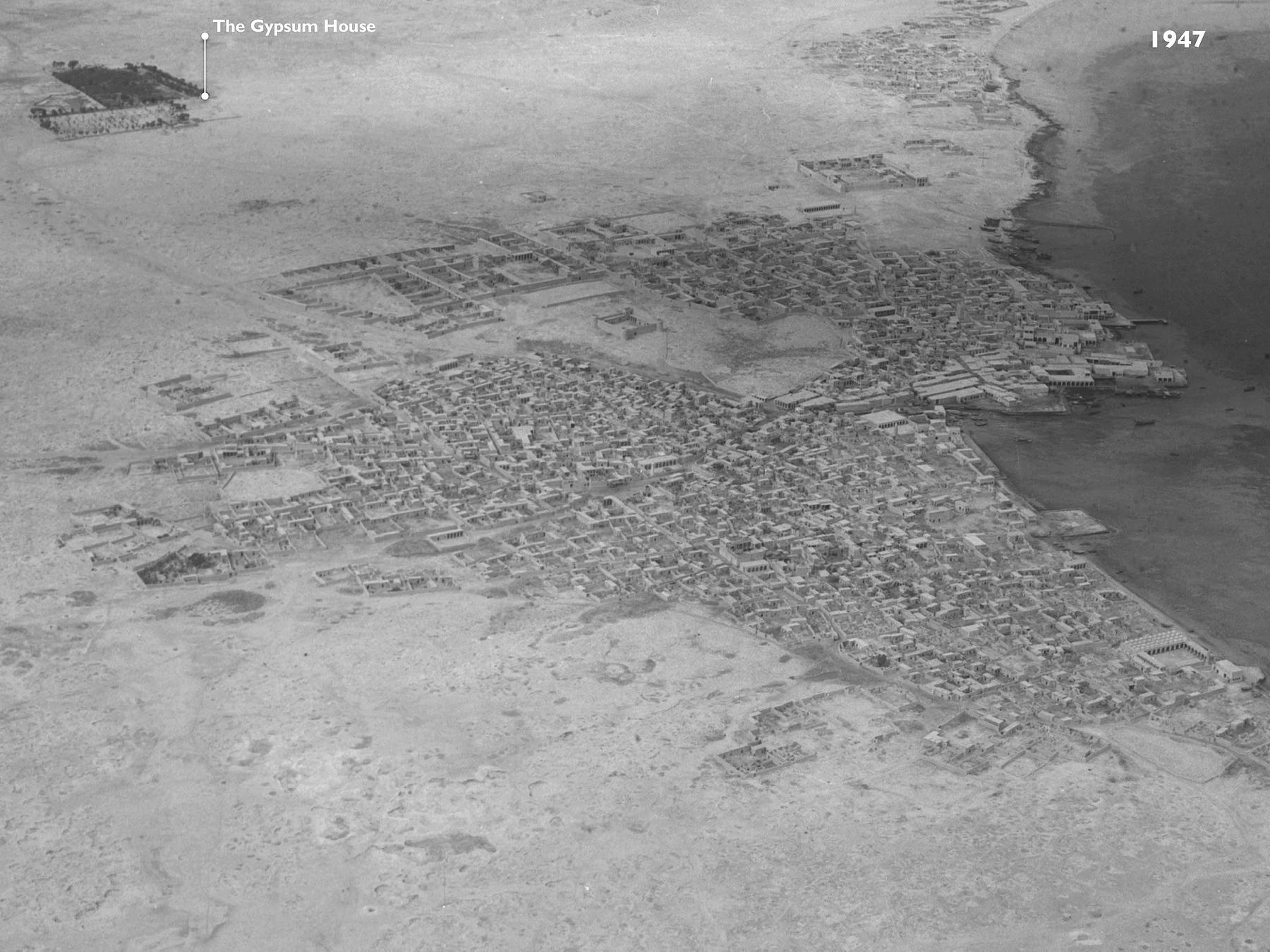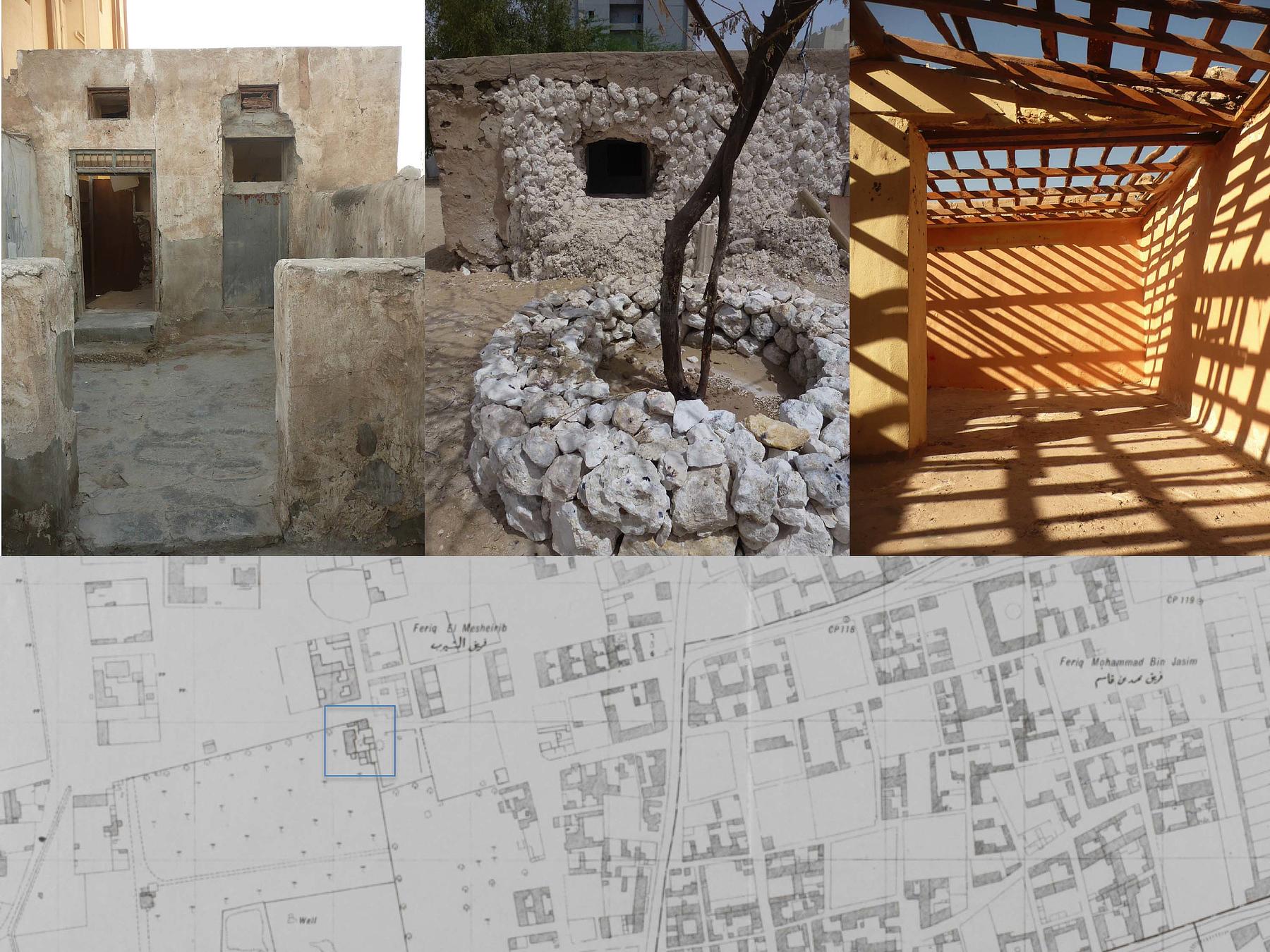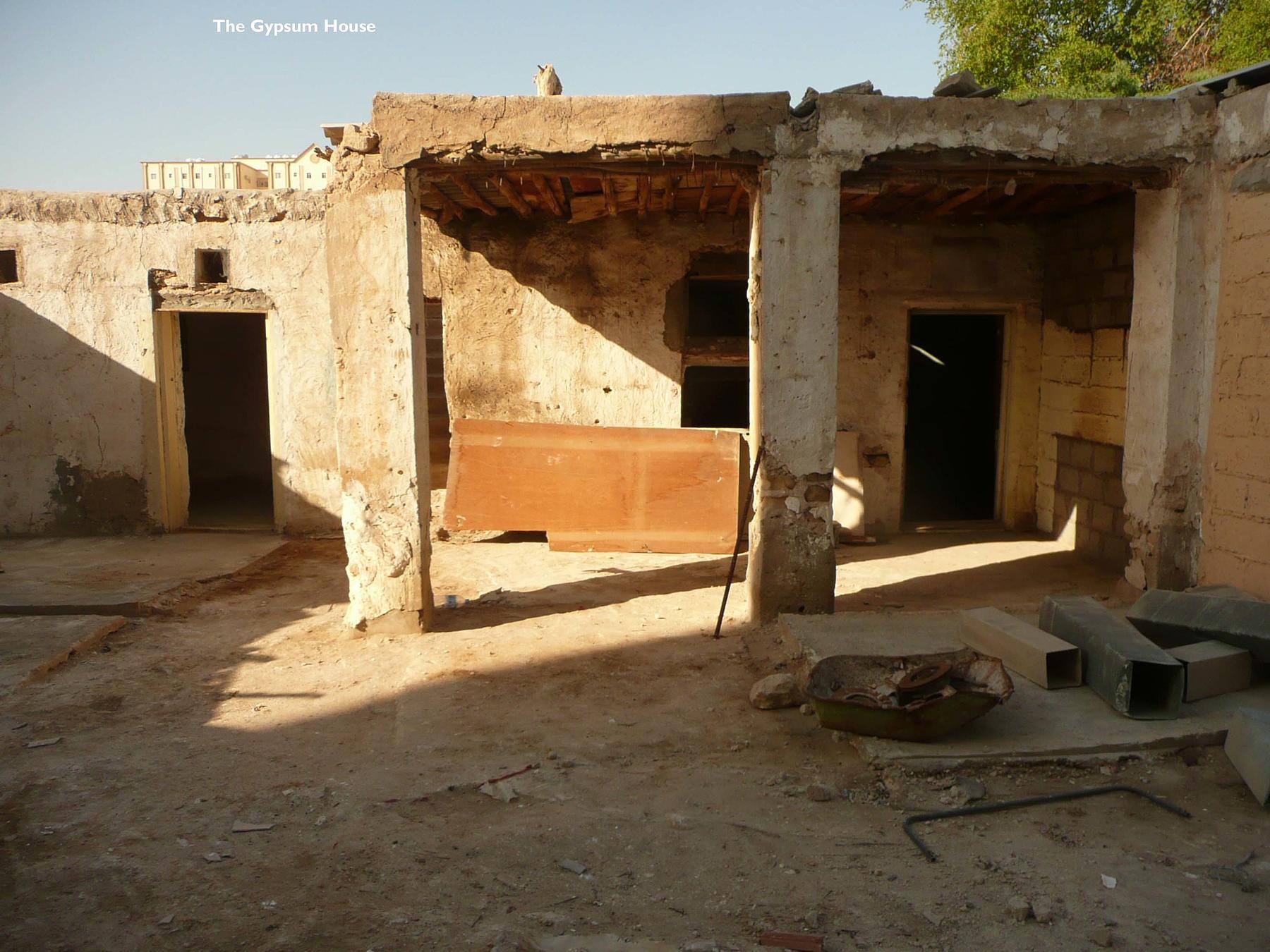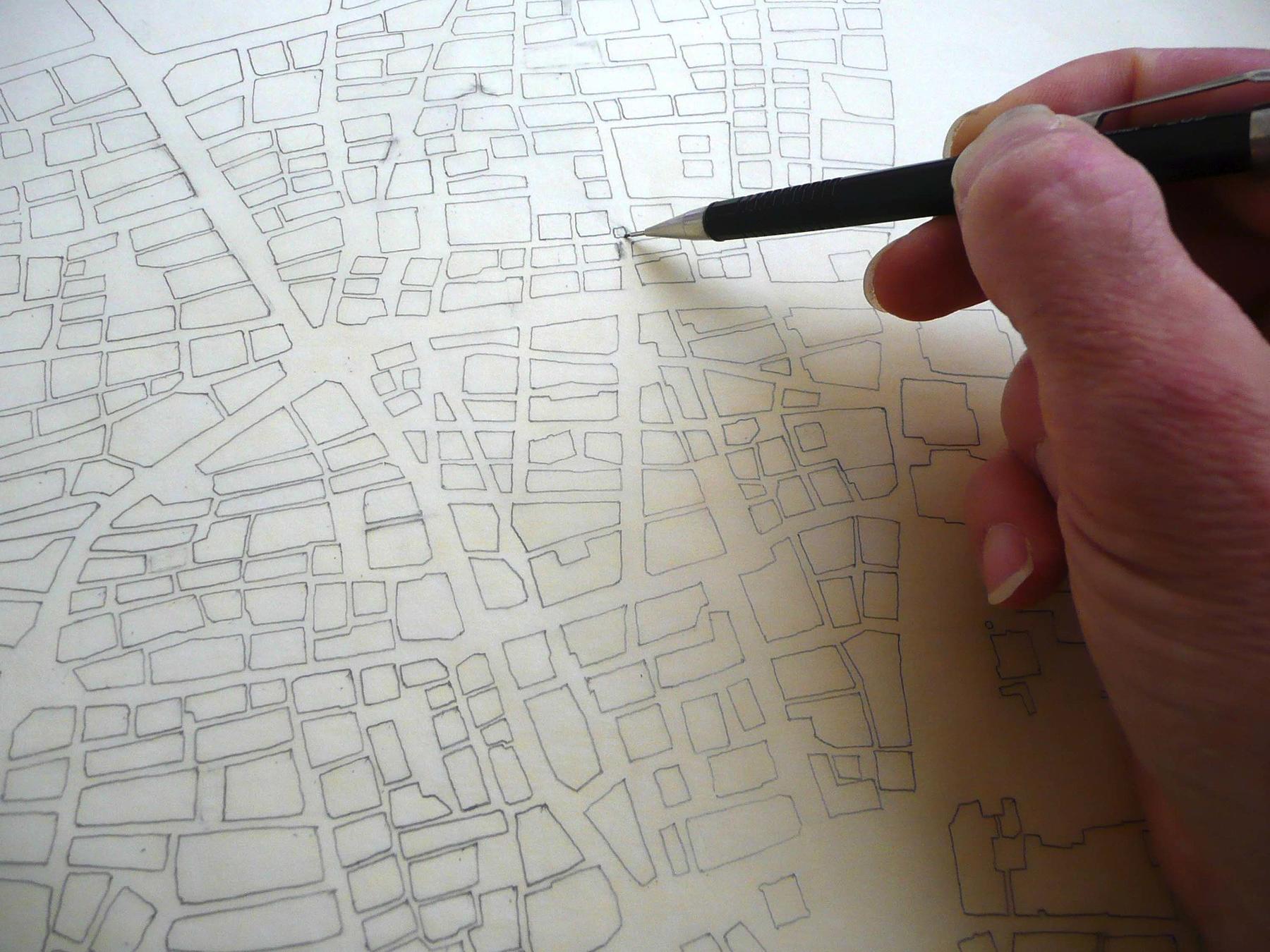A Beacon Of Regeneration; Small But Bright.
The work on Msheireb in Doha, which has occupied a large part of my time for the last five years, is spreading. In a very modest way, what began as the creation of a new site compound. is becoming a cultural project in its own right.
Let me wind back a year. The thirty five hectare Msheireb Project – eight million square feet of high density, medium-rise, mixed use development, lying right at the heart of ‘Old Doha’, was underway. I was teaching at Qatar University then and a student said ‘aren’t you just creating a gated development without gates ?’ My answer to Rana was that while the other sides of the roads which form our boundaries, particularly to the South and West, are made up of tired, rag-tag buildings and unloved streetscape, Msheireb will be a catalyst for their renewal. It is alright that an ’integrated framework’ for the surrounding area is not in place because this is the Darwinian way in which cities evolve. Quality breeds quality, value breeds value.
As the site works took over more and more of the available land, we searched for a new plot to locate site offices and what we called the ‘mock-ups farm’ – an outdoor museum of full scale façade mock-ups for more than a hundred buildings which are now coming out of the ground; to be used to sign off the details and to control quality with the contractors. Land was found; some three hectares of dust, just a few hundred yards to the West of Msheireb – ‘place of sweet water’.
As we looked at the site, we found what seemed to be a shambolic pile of rubble, lying at the eastern corner. Was it an obstruction ? Could we re-use the materials ? As we looked more closely, two important things became clear. We discovered that what we had thought of as an insignificant ruin was actually one of the oldest houses in Doha, and furthermore it was directly on line with the main western axis of the masterplan. Even better, when we looked at the aerial photographs made by the Hunting Survey in 1952, there it was; the farm-house of the British Consulate farm; located, naturally, on a site with a good source of water.
The building is indeed derelict but it has become for me a touch-stone of contact with Doha’s roots; a tangible manifestation of memory. It has a charming courtyard, surrounded by classic Qatari rooms, a ‘liwan’ portico and steps up to what used to be a shaded rooftop terrace. Until recently it was used for making gypsum mouldings – ironically, western style cornices, rather than traditional Qatari ‘naqsh’ work – so we called it the Gypsum House. We hope it will become a coffee house or a small cultural building, possibly with a contemporary extension.
With such a strong connection to Msheireb, this small building will become a powerful ‘urban synapse’ where the positive energy of regeneration can ‘make the leap’ into the unknown and will form an outpost from where Msheireb’s influence can spread.
Although not part of any original plan, this is entirely consistent with the Msheireb vision for a sustainable city; to create a built environment which is responsive, ‘home-grown’ and rooted in tradition whilst being firmly orientated towards the future. It is pleasing that the enchanting simplicity and robust timelessness of the Gypsum House, re-born within a language of contemporary Qatari vernacular, could be one of our first beacons of new life in the surrounding neighborhoods of Old Doha; an urban patchwork, so much in need of repair.
For me, this small house can signal a significant shift in Doha’s planning environment. Just as we are now beginning to discuss the draft of the National Development Framework with the planning authority, can this positive approach to ruined heritage be a sign of the Qatari Renaissance taking root ?
What does all this teach me about the process of urban design ? Firstly, to be open to surprises and secondly to ‘look, listen and learn’. If we look deeply, and broadly at the places we are working in; we will find that what appears to be rubbish at first, turns out to be treasure.



